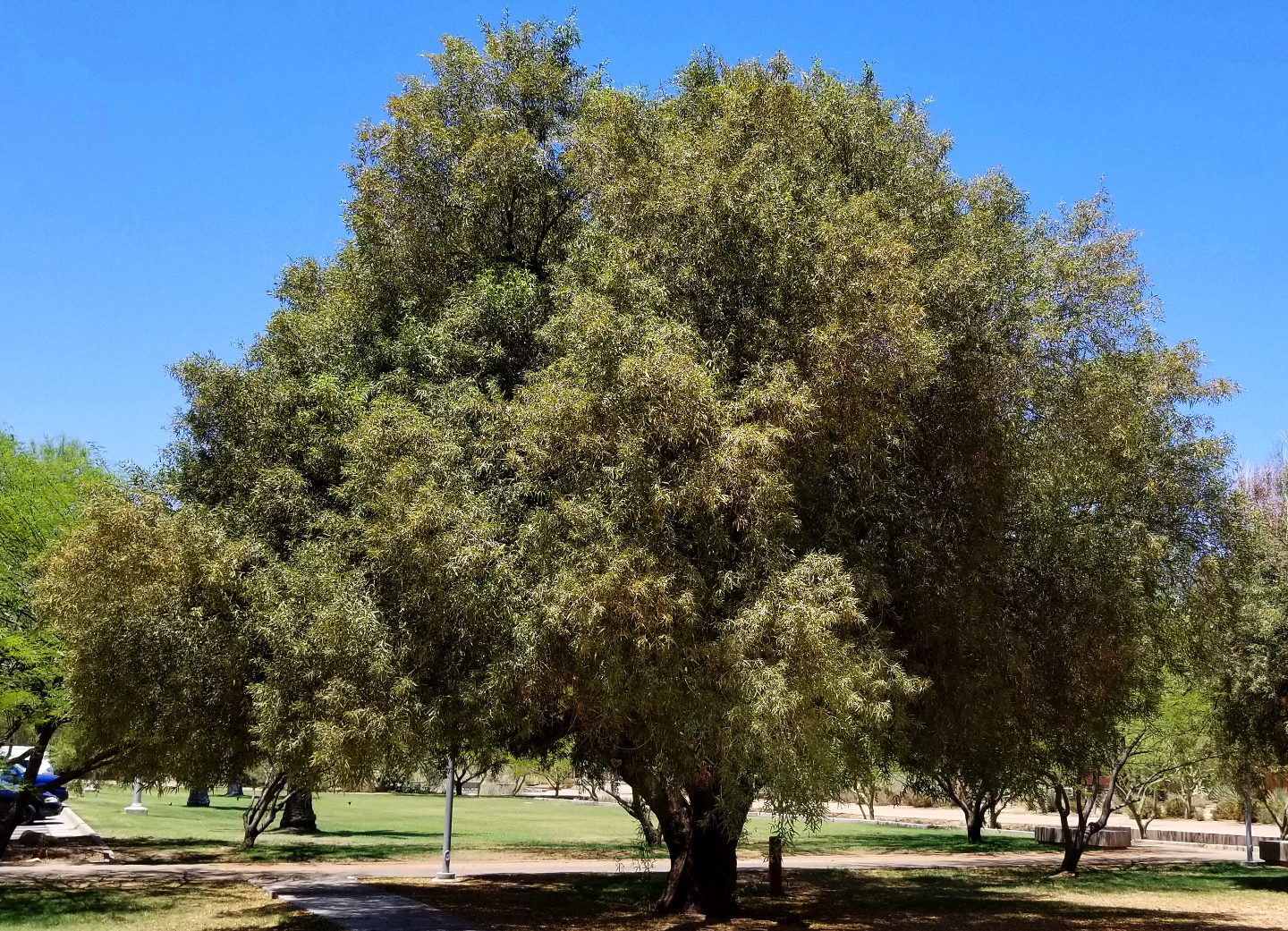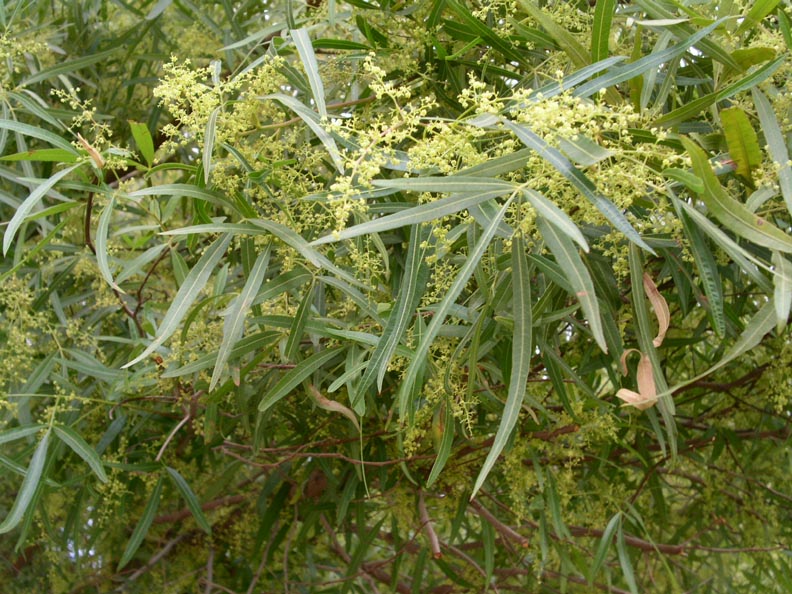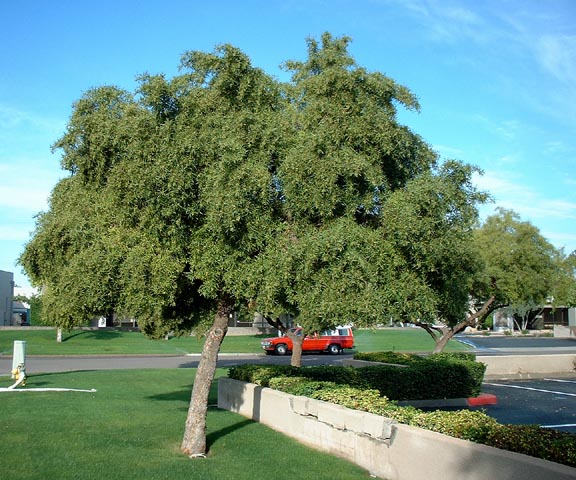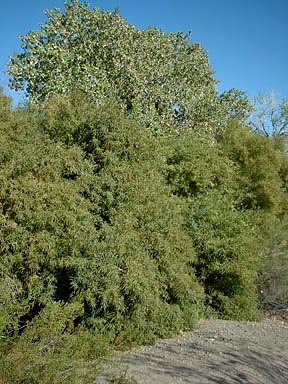african sumac tree allergies
A Rhus lancea African Sumac can be trained to a single trunk or allowed to grow into a multi-trunk tree with a look that resembles an olive tree. However those that do show reactions to this tree show it.

Fattoush Salad Recipe Edible Wild Plants Harvest Recipes Wild Foraging
Up to 24 cash back The African Sumac is an angiosperm.

. Another tree that wreaks havoc on those who suffer from allergies is the mulberry tree. Its fine textured foliage varies from pale green to deep olive-green and has a resinous smell when crushed. This tree nut allergy alert for several other natural products is my second post sharing what Ive learned from my own daughters severe tree nut allergies.
The fruit is more than 18 in diameter and matures in late. These trees are hardy low maintenance and can adapt to many different climates including that of Phoenix. Poison sumac plants generally feature stems with two parallel rows of leaves.
If you think a rash is bed it is nothing compared to the harmful effects this. Sumacs are coarse-growing suckering shrubs to small trees with whitish sap. Other trees in the state of Arizona which could potentially lead to Hay fever include.
Cons of African Sumac Trees. The drought-tolerant African sumac tree grows best. Growth Habit The African sumac for instance usually is a tall tree that can grow to as high as 25 feet usually living 50 to 100 years.
African Sumac is a tree which can cause unrelenting sneezing among many people in the area. If the tree gets plenty of water it grows fast at a rate of 24 60 cm per year. An African Sumac tree is perfect for hot dry climates and for anyone that is looking for an attractive shade tree with a long lifespan.
Branches are reddish to brownish-gray. African sumac Rhus lancea is a drought-tolerant shade tree that grows in US. Gardeners should never handle the tree without gloves and keep children away from the plant.
Double rows of leaves. Russian Thistle is a tumbleweed which many people are sensitive to causing skin rashes and other allergic reactions following exposure. Alternate palmately compound in groups of 3.
These palm trees produce a large amount of pollen. Symptoms of an infection include redness pain pus and oozing from the blisters. The leaves are shiny leathery dark green above pale green below hairless alternate and trifoliate with 3 often curved narrowly lance-shaped to almost linear leaflets.
Last year I wrote about my daughters strange allergic and anaphylactic reaction after eating at a restaurant at Disneyland. However the sumac is tolerant of dry arid conditions. Has a graceful weeping form and dark fissured bark.
African sumac trees grow between 20 and 30 ft. If the oil is inhaled which may occur if the plant is burned it can lead to a dangerous lung irritation. Every part of the tree contains urushiol oil which causes an allergic reaction to skin.
Refrain from burning any part of the tree. The African sumac is a medium size evergreen tree growing with a low branching habit 20-30 ft. African sumac tree only grows in USDA zones 9 through 11.
Tall and a round canopy of equal or greater width. This can lead to reactions in people who live near palm trees. Most types of sumac grow into a tree or shrub ranging between 5 and 20 feet in height.
Larger sumac trees will often grow long and slender branches that tilt downward. Allergies to this tree are not common. The flowers are less than 18 wide with 5 white petals.
This tree can cause constant sneezing in the people who react to it. Slow growing single or multi-stemmed evergreen tree 15 to 30 feet tall. As an Amazon Associate I earn from qualifying purchases.
But this is. This common shade tree is quite invasive and can now be found growing wild in washes and along canyon streams in the deserts around Tucson. African sumac trees Rhus lancea are highly drought-tolerant and grow as shade trees in US.
Department of Agriculture Plant Hardiness Zones 8 through 10. African sumacs are poisonous to humans. Feather Palm and Desert Fan Palm.
Older specimens the dark gray bark has fissures that show beautiful reddish and orange mahogany color hues. The African sumac is an invasive tree that you should avoid planting in Phoenix. They are easy to prune or shear and have minimal maintenance.
Department of Agriculture plant hardiness zones 8 through 10. The staghorn sumac Rhus typhina is a loosely formed shrub or weedy tree of fast growth rate which means it grows at least 24 inches in a season sometimes more. 6 9 m tall and wide.
The red or red-brown stems usually hold between 6 and 12 leaves plus. The leaves are pinnately compound 12 long with a shiny green color on the upper side of the leaves and a whitish color beneath. It makes small fruits that birds love to eat.
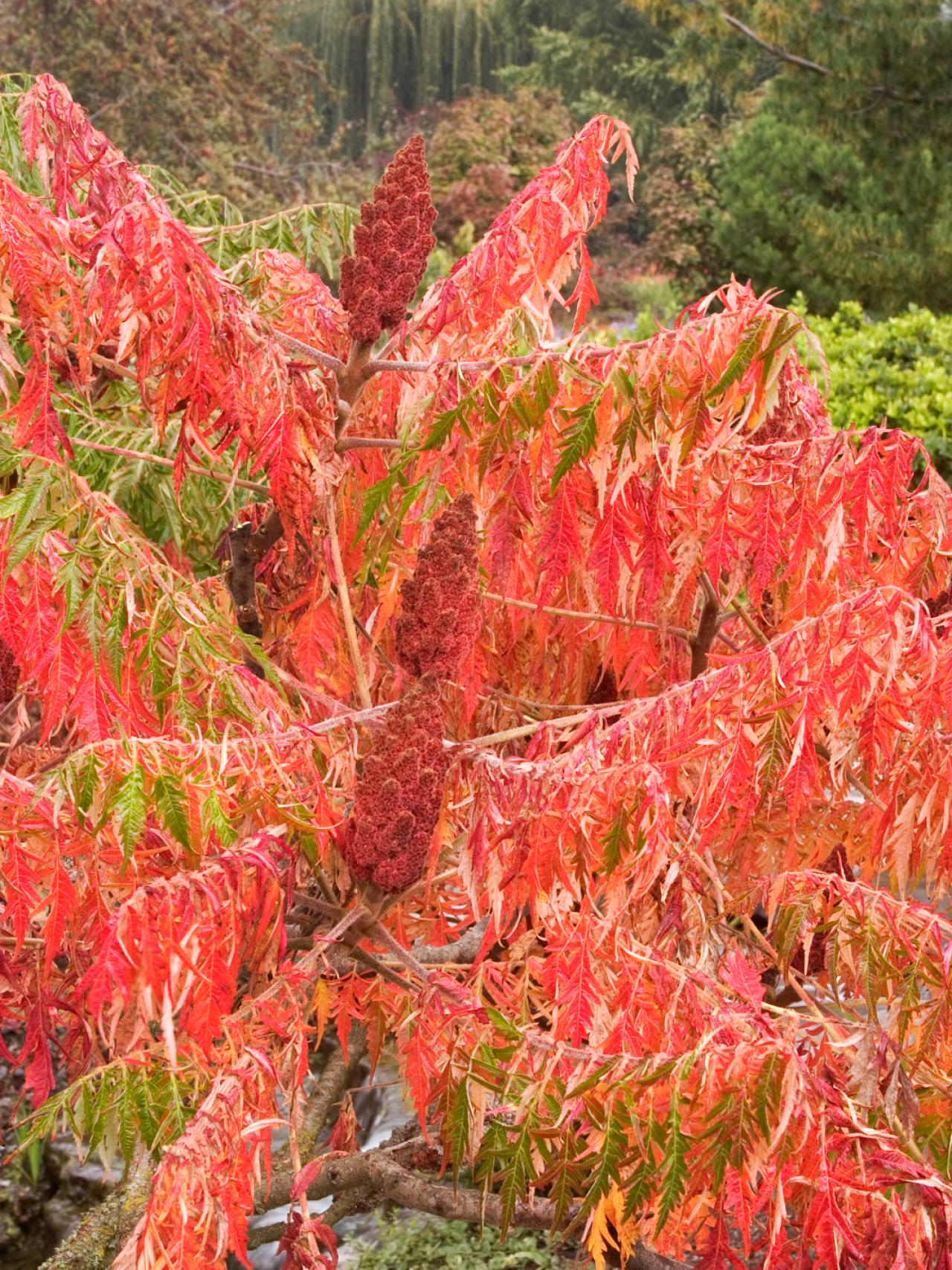
Sumac Trees Are Unsung Garden Trees Hgtv

Rhus Chinensis Herbalism Herbal Extracts Medicinal Herbs
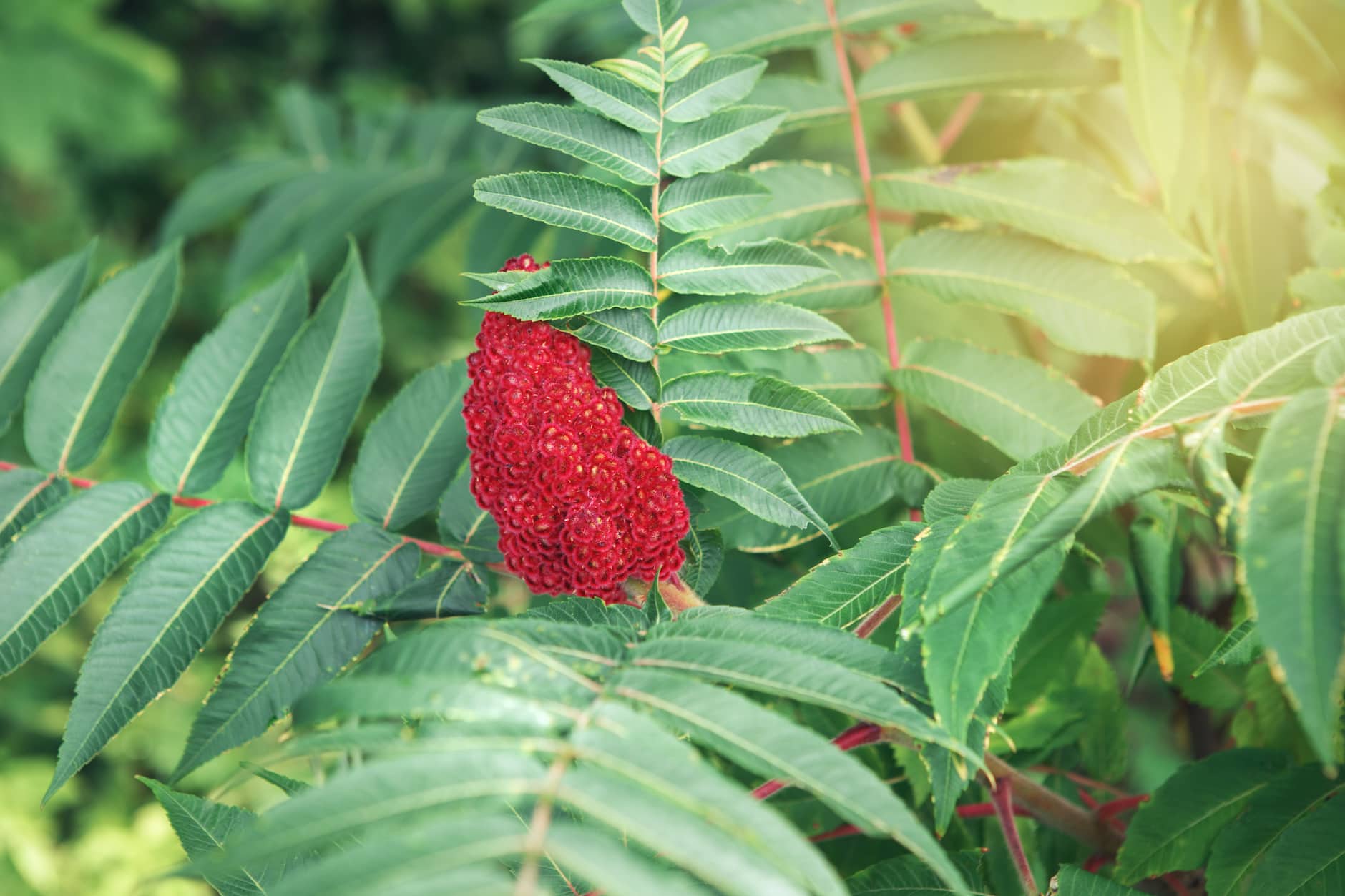
Wild Edibles Sumac Berries Farmer S Almanac

Poison Sumac Rash Pictures And Treatment

Is The Tree Of Heaven Really The Tree Of Hell Hobby Farms
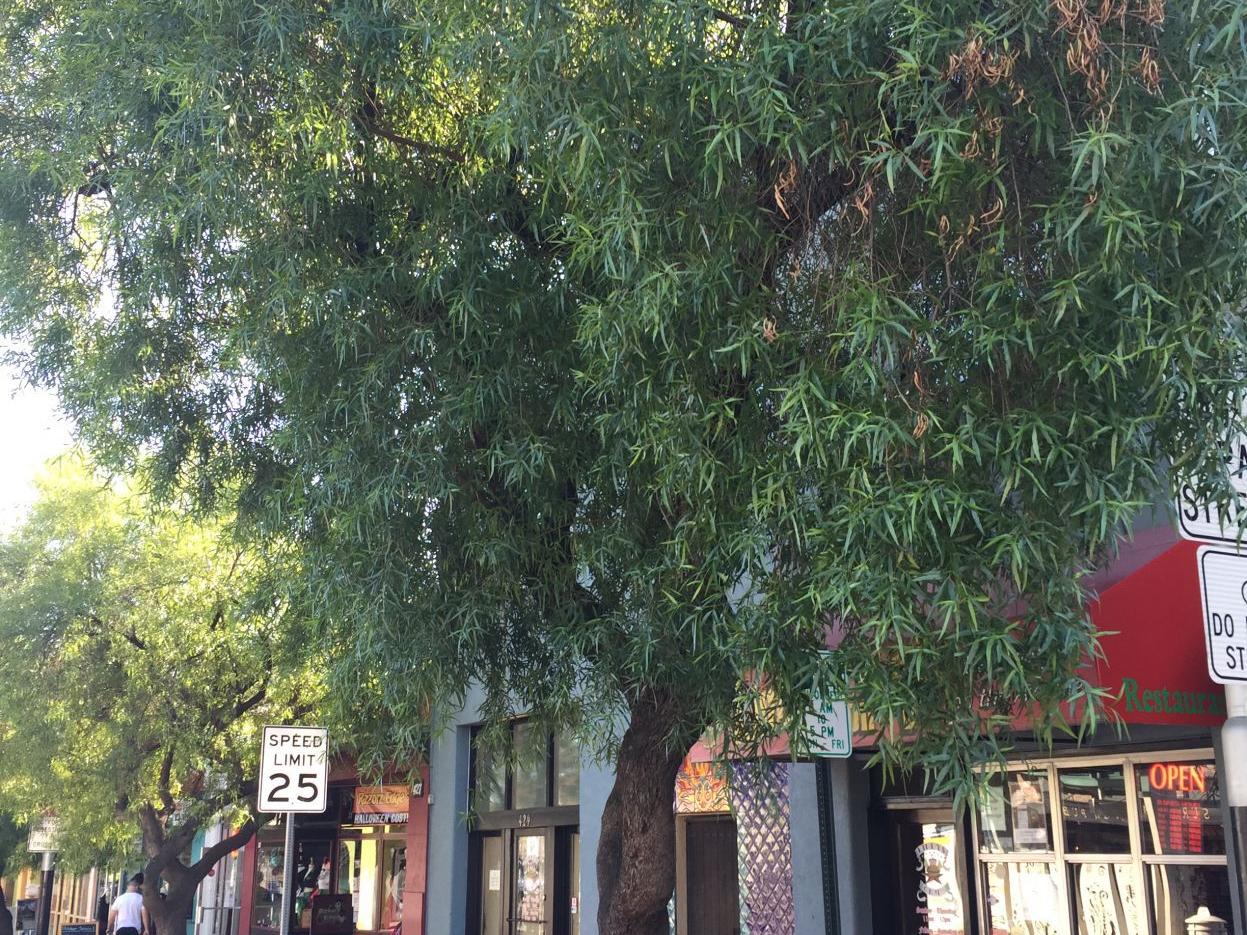
Invasive Tree Could Be A Problem Tucson Com

Sumac An Overview Sciencedirect Topics

Plant Encyclopedia Plants Annual Plants Perfect Plants

Nux Vomica Images Yahoo Search Results Poisonous Plants Parts Of A Plant Trees To Plant
African Sumac English 130 Group 1
African Sumac English 130 Group 1
